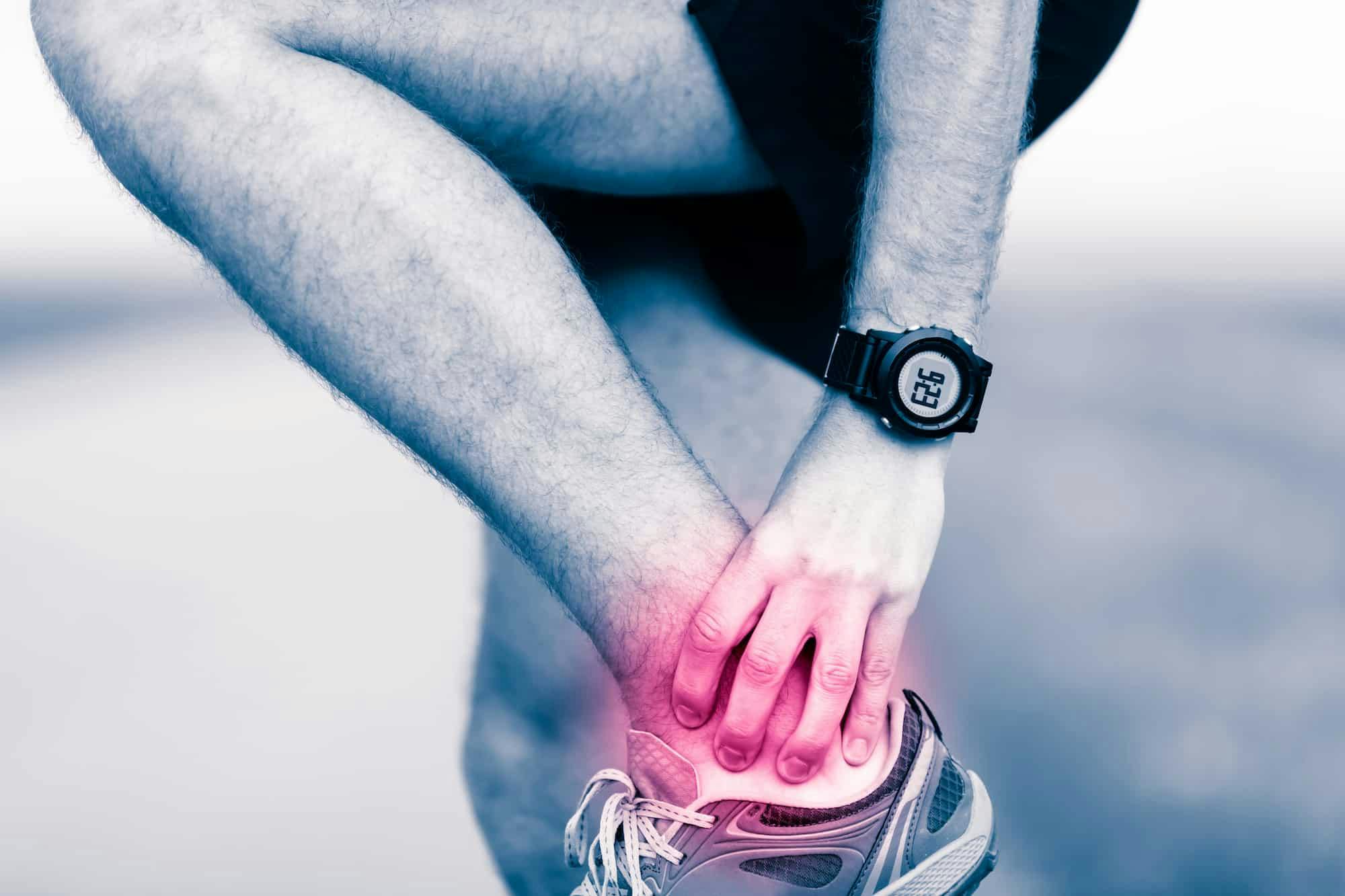- Blog
Categories of Shoulder Pain
Posted on 12-17-2025 in Shoulder by Dr. Chris O'Grady

Posted on 12-17-2025 in Shoulder by Dr. Chris O'Grady
Shoulder pain, one of the most common orthopaedic conditions, is caused by damage to one or more of the components of the shoulder—the bones, muscles, tendons and ligaments that comprise the joint. This damage can be caused by disease, chronic overuse, or acute injury, so shoulder pain can appear immediately or progress gradually over time. Generally speaking, shoulder conditions fall into one of four categories: 1) inflammation, which causes soft tissues to become swollen and irritated; 2) instability, in which the physical structures of the shoulder weaken and decrease the security of the joint; 3) arthritis, which is cartilage loss caused by inflammation within the joint; and 4) fractures and dislocations, which are caused by direct trauma with sufficient force to break or dislocate bones.
Inflammation
Bursitis - Shoulder bursitis is caused by inflammation of the bursa, a small, fluid-filled sac in the shoulder that reduces friction between the different components of the joint. When placed under repeated stress, the bursa can overfill with fluid, leading to pain and stiffness.
Capsulitis - Adhesive capsulitis, colloquially known as frozen shoulder, is a painful condition in which the thin, flexible capsule surrounding the shoulder develops adhesions and becomes rigid and thick. This hardening of the capsule makes it increasingly difficult to move the shoulder and can result in significant loss of range of motion in the shoulder.
Tendonitis - Tendinitis occurs when the tendons and muscles that comprise the shoulder are injured, typically from chronic overuse. This condition generally develops gradually over time and is very prevalent in people who perform a lot of repeated, overhead movements—like swimmers, pitchers and tennis players. It can also be caused by keeping the arm in the same position for an extended period of time.
Shoulder Instability
Impingement Syndrome - Shoulder impingement occurs when the rotator cuff tendon and the bursa are squeezed between the acromion and humerus bones in the subacromial space. Over time, this pressure on the soft tissues of the shoulder can cause micro-tearing of the rotator cuff and degeneration of the tendon. If left untreated, this can progressively lead to a full tear of the rotator cuff.
Labral Tear - The labrum is a ring of firm, fibrous tissue that surrounds the shoulder socket (glenoid) and stabilizes the joint. The labrum can tear from repetitive stress or acute trauma, and labral tears are characterized by pain, loss of strength and range of motion, and a clicking, popping or grinding sensation with movement of the arm.
Tendon Tear - Tendons are cartilaginous connective tissue that attach muscle to bone. There are multiple tendons that make up the shoulder, including those of the rotator cuff and the biceps muscle. These tendons can tear over time from stress caused by repetitive motion or suddenly from acute injury.
Arthritis
Osteoarthritis - Also called degenerative joint disease, osteoarthritis is the most common form of arthritis; it is caused by normal wear-and-tear on the joint over time. As the cartilage disappears, the bones of the shoulder can start to grind into one another, causing pain, swelling and decreased range of motion.
Traumatic-Onset Arthritis - While most arthritis is caused by wear-and-tear over time, traumatic-onset arthritis occurs in the wake of traumatic injury like dislocations and fractures. Studies have shown that damaging a joint, whether through breaking a bone or dislocation, increases your risk of arthritis in that joint sevenfold.
Rheumatoid Arthritis - Rheumatoid arthritis is actually a disorder of the immune system which causes the body to attack the cartilage lining the joints. Similar to osteoarthritis, this condition leads to pain, swelling, and stiffness in the shoulder.
Fractures and Dislocations
AC Joint - The acromioclavicular (AC) joint is the point in the shoulder where the collarbone (clavicle) and the acromion, a small, bony prominence on the scapula, are connected by ligaments. An AC joint separation occurs when these ligaments are strained or separated, typically from a sharp blow to the shoulder, causing the acromion and the clavicle to be pushed out of alignment.
Glenohumeral - The glenohumeral joint is the point at which the humerus (upper arm bone) joins the glenoid (the portion of the scapula that forms the shoulder socket). Fractures of the glenoid are very uncommon, but they do occur. These fractures are typically found with significant trauma or in high-impact sports. These fractures can occur on the lip of the "socket" or the base of "socket" bowl, known as the fossa, although this type of fracture is the rarest form. The more common injury to the glenohumeral joint is dislocation, which causes the humerus and the glenoid to be pushed out of alignment.
Clavicle - The clavicle (collarbone) is the long, thin bone that runs from the base of the neck out to the shoulder. Fractures of the clavicle are very painful and are often the result of direct trauma. Falls, motor vehicle accidents, and contact sports like football or hockey are common culprits.
Humerus - Proximal humerus fractures are breaks in the portion of the humerus (upper arm bone) that is closest to the shoulder joint, at or just below the humeral head. These are very common fractures and can occur at any age, but they become more common as patients age and develop osteoporosis.

With summer in full swing and children taking advantage of more time to participate in sports-related or other outdoor activities, it’s essential to be mindful of injury prevention while encouraging their interest in activities that don’t involve screen time!

May is National Arthritis Awareness Month, and of the more than 100 forms of this painful condition, many can affect the ankle. In fact, almost half of people in their 60s and 70s have arthritis of the foot and/or ankle, but not all of them have symptoms.

Springtime in North Florida is the perfect season for gardening, but hours spent planting, pruning, and digging can take a toll on your body. At North Florida Bone & Joint Specialists, we often see patients with gardening-related injuries affecting the hands, upper extremities, shoulders, and knees. Whether you're a weekend hobbyist or an avid green thumb, practicing proper ergonomics can help ensure you stay injury-free while you enjoy your time outdoors.